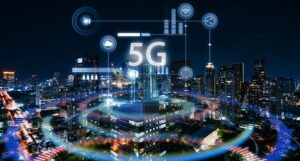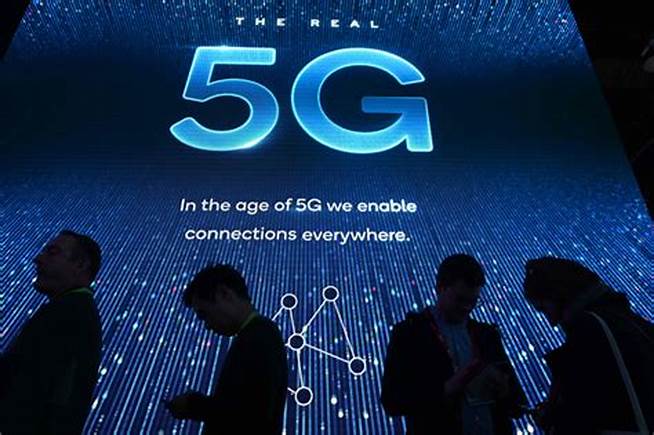 The world is now on the cusp of a major new development in telecommunications that will be as important as the deployment of previous generations. This new infrastructure is the fifth generation of mobile communication technologies, simply known as 5G. With its lightning-fast speeds, ultra-low latency, and greater connectivity, 5G is positioning itself as a key player in transforming how we consume and experience content, allowing us the enjoyment of improved media experiences and new media services.
The world is now on the cusp of a major new development in telecommunications that will be as important as the deployment of previous generations. This new infrastructure is the fifth generation of mobile communication technologies, simply known as 5G. With its lightning-fast speeds, ultra-low latency, and greater connectivity, 5G is positioning itself as a key player in transforming how we consume and experience content, allowing us the enjoyment of improved media experiences and new media services.
The capabilities of 5G networks are taking us far beyond what was possible with previous generations of network technology… So how have these developments reshaped the digital landscape for users, creators, and business?
Ultra High Quality Streaming
One of the most significant changes with the arrival of 5G is the ability to stream ultra-high-definition content without buffering or quality loss. 4K and even 8K streaming has now become the new standard for media consumption, enabling users to enjoy movies, TV shows, and live events in unparalleled detail.
Besides content creation and social media, streaming platforms like Netflix, Amazon Prime Video, and Disney+ are increasingly benefiting from 5G technology. The faster speeds allow wildly popular streaming services to provide users with an enhanced streaming experience from just about anywhere. In a generation where parents are putting their kid’s favorite show on the iPad for car rides, and in a time when adults want to stream their favorite binge-worthy show while waiting in line for a haircut, the rollout of 5G speeds allows the general population to utilize our limited down-time better, putting an end to the days of lengthy buffering times.
Interactive and Personalized Content
With 5G’s increased speed and connectivity, the possibilities for personalized and interactive media are endless. Streaming platforms and content creators are now able to deliver more tailored experiences based on user preferences, behaviors, and real-time data. Viewers can enjoy content that adapts to their interests, whether it’s through AI-powered recommendations, interactive storytelling, or dynamic content that changes based on user interactions.
For example, imagine watching a TV show where the plot changes depending on the decisions you make, or a live sporting event where you can choose the camera angles or receive instant updates and stats based on your interests. 5G’s speed has allowed content to be customized, interactive, and instantly responsive to user input.
Immersive Virtual and Augmented Reality Experiences
 Thanks to 5G’s speed and responsiveness, virtual reality (VR) and augmented reality (AR) are already pushing the boundaries of gaming, education, and entertainment. 5G’s extremely low latency has made it possible to have more realistic and immersive real-time VR and AR experiences than ever before. Imagine discovering interactive augmented reality content while strolling through your city, or experiencing live events like concerts, plays, or sporting events in virtual reality, where you can engage with the surroundings and other spectators in real time. These experiences are now a necessary component of the entertainment scene rather than a novelty thanks to 5G.
Thanks to 5G’s speed and responsiveness, virtual reality (VR) and augmented reality (AR) are already pushing the boundaries of gaming, education, and entertainment. 5G’s extremely low latency has made it possible to have more realistic and immersive real-time VR and AR experiences than ever before. Imagine discovering interactive augmented reality content while strolling through your city, or experiencing live events like concerts, plays, or sporting events in virtual reality, where you can engage with the surroundings and other spectators in real time. These experiences are now a necessary component of the entertainment scene rather than a novelty thanks to 5G.
The rollout of 5G networks is transforming the landscape of media technology, offering users and creators lightning-fast streaming, growing immersive AR and VR experiences, a revolution in mobile gaming, and more. These capabilities far surpass the limitations of previous network generations and open up new avenues for even more connectivity in our day to day lives. As 5G continues to expand its reach, it will undoubtedly have a profound impact on how we consume and create media, redefining our digital experiences in the process; making it an important technology to follow in the coming years.





